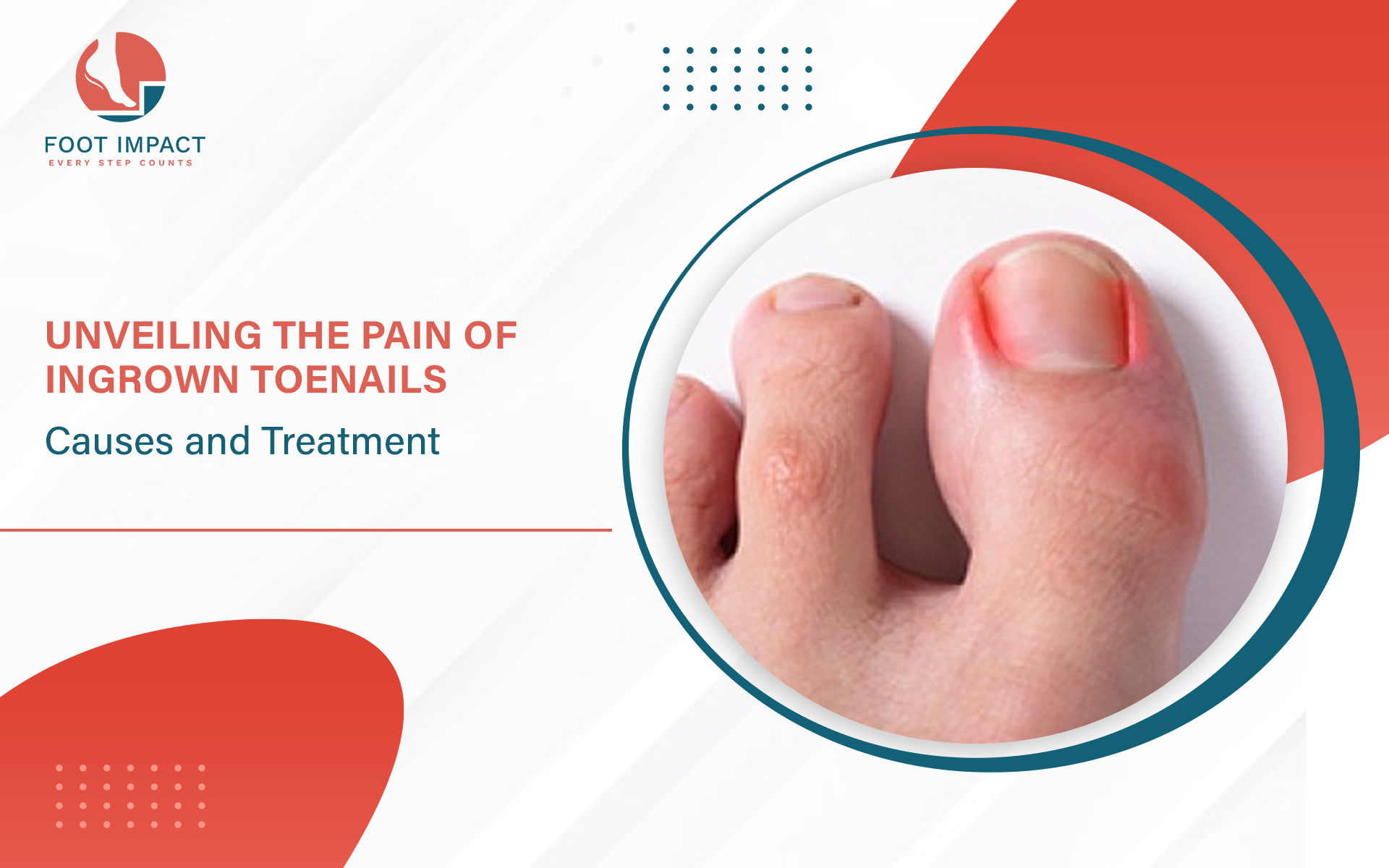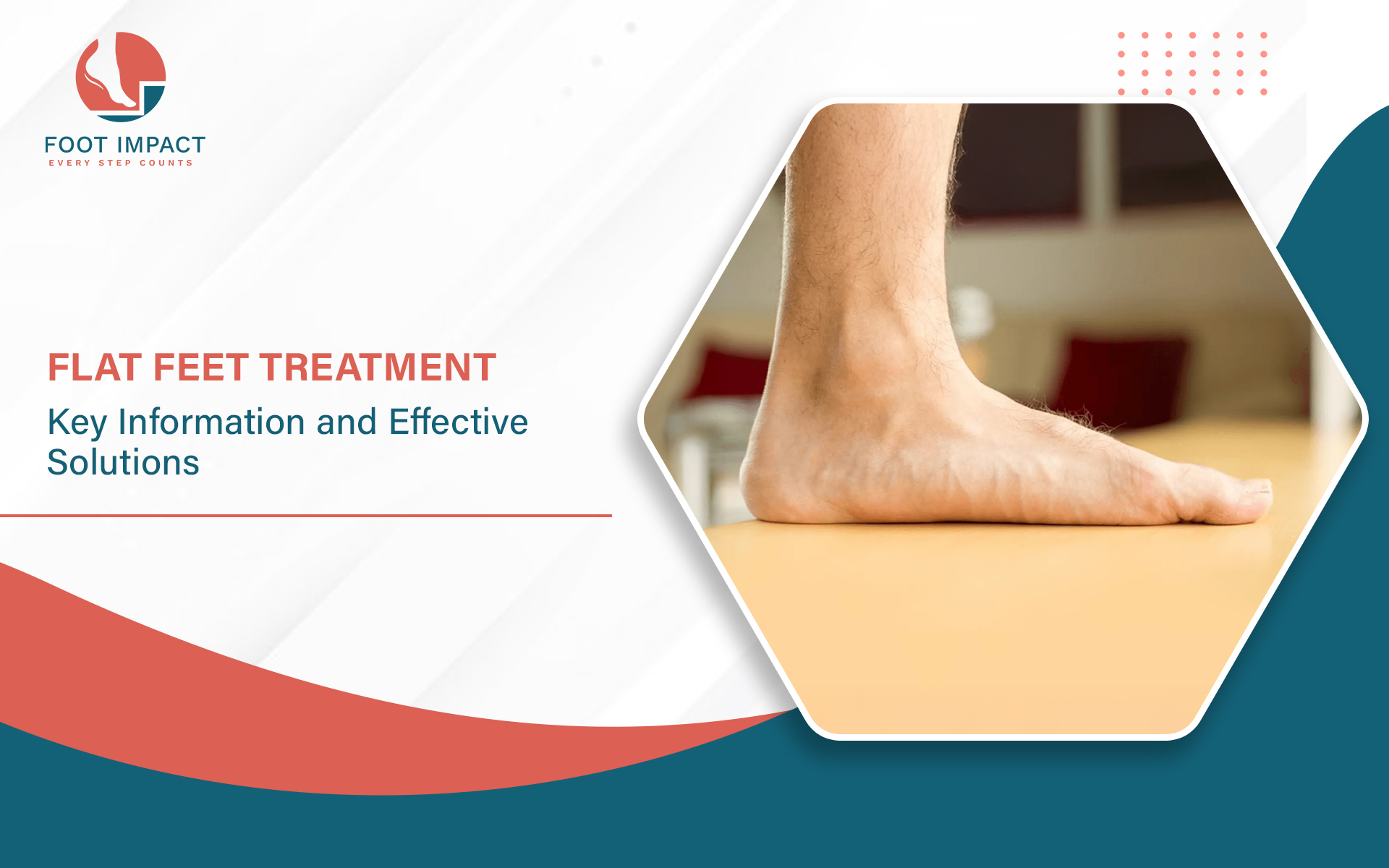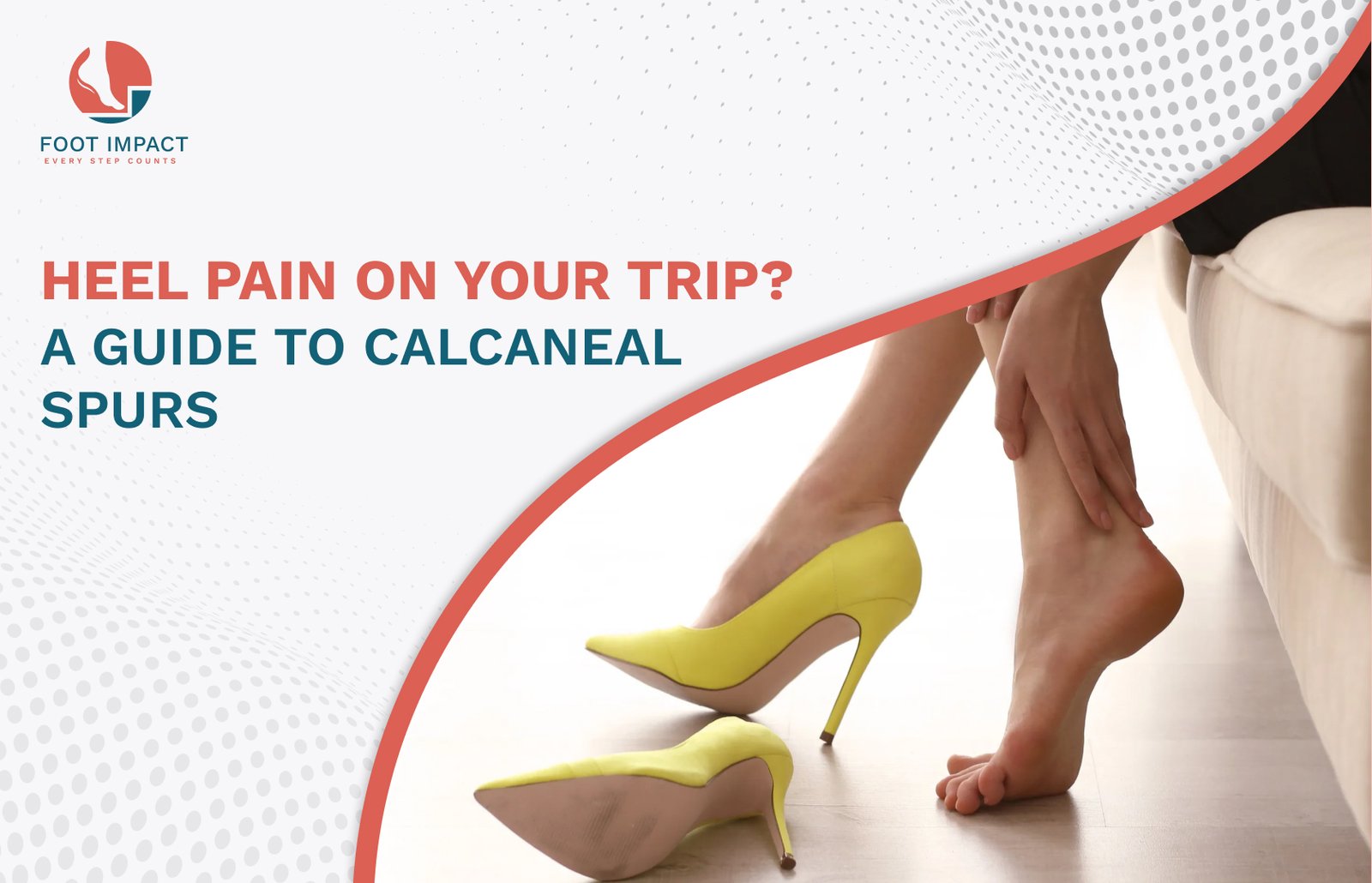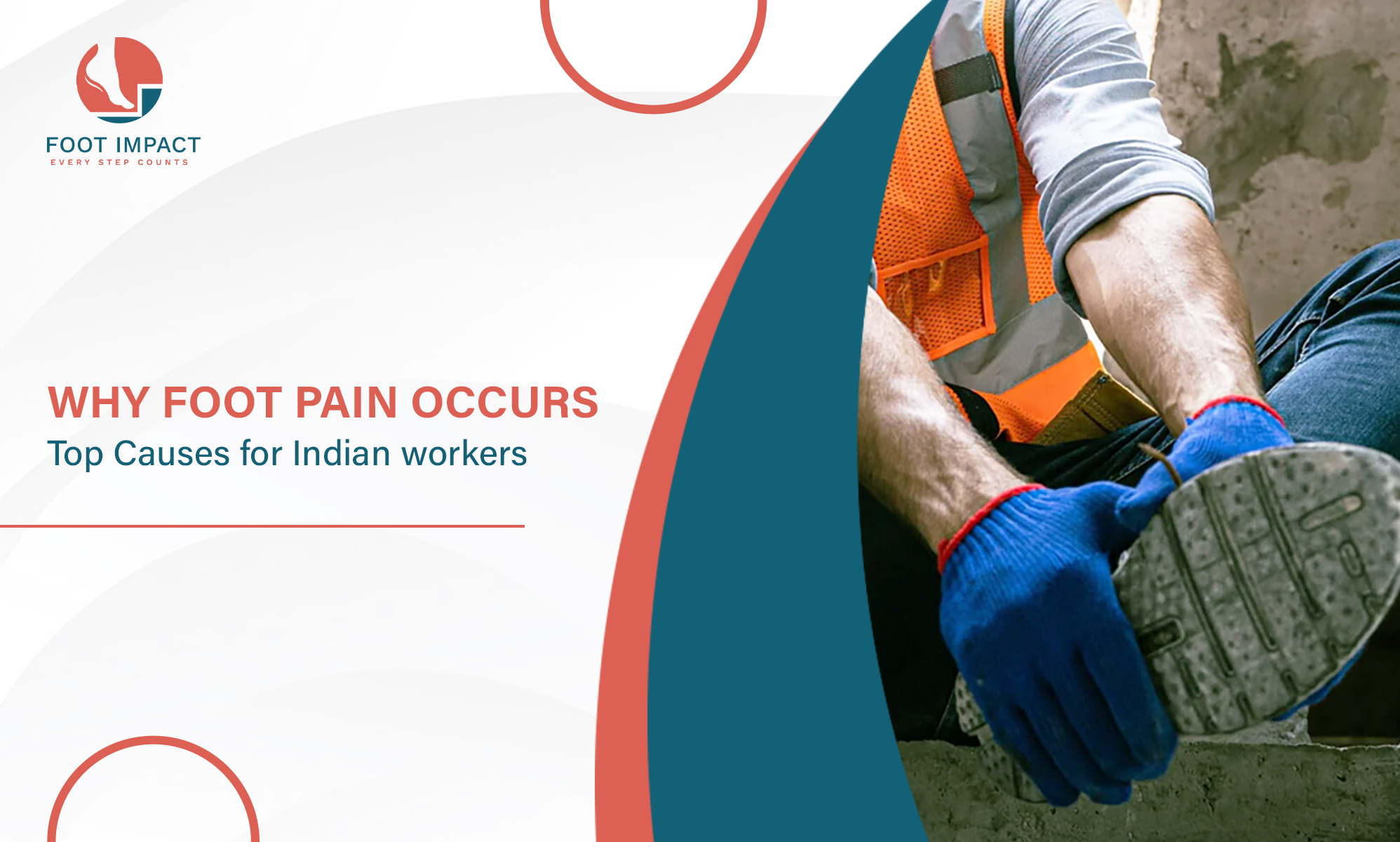Unveiling the Pain of Ingrown Toenails: Causes and Treatment
Dealing with ingrown toenails can be more than just a discomfort; it can be downright painful. The condition occurs when the toenail curves into the surrounding skin, causing irritation, redness, swelling, and even infection if left unattended. In this blog, we'll explore the causes of ingrown toenails, shedding light on the importance of non-surgical nail trimming and seeking advice from a podiatrist.
Causes:

1. Skin and Nail Conditions:
A percentage of the population has a natural tendency to develop recurring skin infections. Over time, these infections can affect nail growth, leading to abnormal development.
2. Improper Footwear:
Many of us prioritize comfort when buying footwear, but this subjective factor can lead to the purchase of ill-fitting shoes. Consideration of foot length and width is crucial. Shoes that are too short, tapering from the front, or ill-fitting contribute to ingrown toenails.
3. Faulty Foot Alignment:
Issues like flat feet, weak transverse arch, or high arch can exert excessive pressure on the forefoot, contributing to ingrown toenails.
4. Trauma:
Ingrown toenails can also result from injuries or trauma to the nail, such as a heavy object falling on the toe or repeated activities like running or kicking.
5. Inappropriate Trimming:
Incorrect trimming of toenails is a common cause. Cutting nails too short can lead to the nail piercing the surrounding skin as it grows.
Treatment:
Infection Control:
If an infection is present, the first step is to bring it under control. Subsequent debridement of the ingrown toenail may be necessary, involving collaboration between a Dermatologist and a Podiatrist.
Proper Footwear:
Long-term treatment involves using appropriately sized shoes. Offloading orthotic devices can be employed to prevent recurrence.
Correct Nail Trimming:
Proper and timely toenail trimming is crucial. Nails should be cut straight and clean, avoiding curving on the edges to prevent ingrown toenails.
Success Stories:
Understanding and addressing the causes of ingrown toenails can lead to success stories in managing this painful condition. The combined efforts of medical professionals, appropriate footwear, and correct nail care contribute to the positive outcomes experienced by individuals overcoming ingrown toenail challenges.
In conclusion, tackling ingrown toenails involves a holistic approach, emphasizing prevention through proper footwear, regular podiatric care, and adopting healthy nail care practices. Seeking professional advice and non-surgical interventions play key roles in ensuring the well-being of your feet and preventing the recurrence of ingrown toenails.



